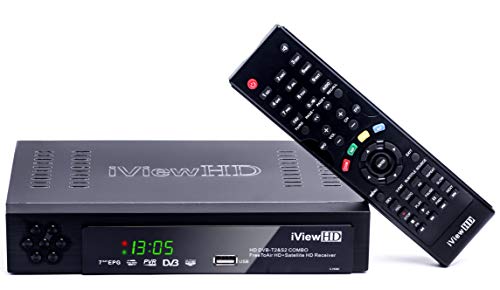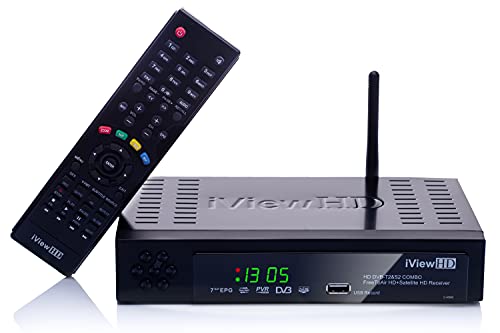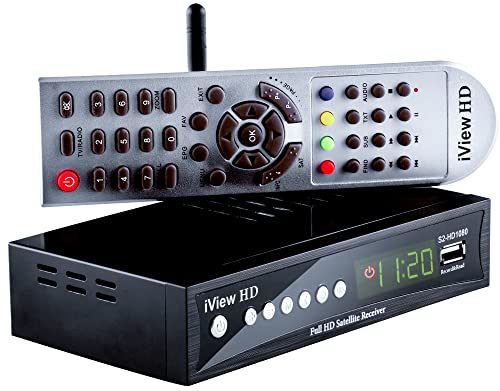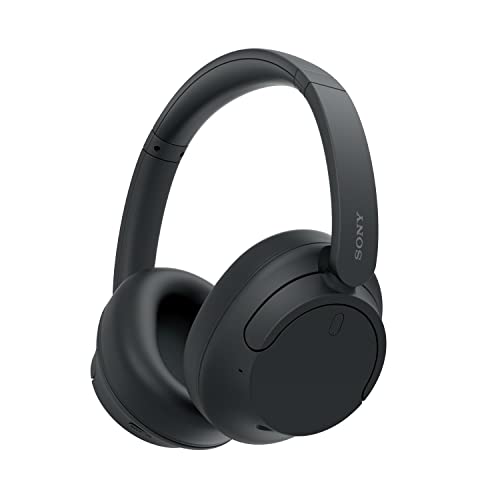Understanding Wi-Fi Satellite Receivers: What They Are and How They Work
What is a Wi-Fi Satellite Receiver?
Wi-Fi satellite receivers are devices designed to extend the coverage of your existing wireless network. They work by receiving the Wi-Fi signal from your router and rebroadcasting it to areas of your home that may have weak or no reception. Think of them as helpers that bring the internet to every corner of your house, ensuring smoother browsing, gaming, or streaming experiences.
How Do Wi-Fi Satellite Receivers Operate?
The operation of a Wi-Fi satellite receiver is straightforward. It connects wirelessly to your router, taking the existing signal and amplifying it. This process enhances the signal strength, allowing you to enjoy internet access in previously unreachable areas, such as your garden, basement, or attic. The technology usually involves a combination of dual-band capabilities to manage different frequencies, ensuring optimal performance for various devices.
Key Features to Look for in a Wi-Fi Satellite Receiver
Signal Range and Coverage
When selecting a Wi-Fi satellite receiver, consider its range and coverage capability. Look for receivers that specify the area they can cover, typically measured in square feet. This helps you identify if a particular model can adequately serve your home size. An effective satellite receiver should cover at least the entire area of your home without significant drop in performance.
Dual-Band or Tri-Band Functionality
Opt for a receiver with dual-band or even tri-band functionality. Dual-band receivers operate on two frequencies (2.4 GHz and 5 GHz), which can reduce interference and improve connection speeds. Tri-band devices add an additional 5 GHz band, which is especially beneficial if you have multiple devices competing for bandwidth, ensuring smooth operation for everything from streaming to gaming.
Ease of Setup and Configuration
A user-friendly setup process is another critical feature to consider. Choose a Wi-Fi satellite receiver that offers straightforward installation, often facilitated by a mobile app. This ensures that you can quickly set up your device without frustration or complex procedures.
Wired Connectivity Options
Look for models that also offer Ethernet ports. This feature allows you to directly connect devices that require more stable connections, such as gaming consoles or smart TVs, enhancing their performance.
Compatibility with Existing Equipment
Ensure that the satellite receiver is compatible with your current router. Some devices may work better with specific brands or models. Checking compatibility can save you time and effort in the long run.
Choosing the Right Wi-Fi Satellite Receiver for Your Home
Evaluate Your Space
Begin by assessing your home layout. If you have a larger home or multiple floors, look for a receiver that offers extensive coverage. For compact spaces, a less powerful receiver might suffice. Additionally, consider any physical barriers such as walls or furniture that may interrupt signal flow.
Consider Your Usage
Understanding how you use the internet can help determine the right receiver. If you stream videos or play online games regularly, opt for a more robust model with higher speed capabilities. Conversely, if your internet usage is primarily for browsing and emailing, a moderate model may meet your needs.
Diverse Needs for Different Family Members
Take into account the various internet activities of your household. If everyone streams simultaneously or has high-demand devices, choose a model that manages traffic efficiently. By focusing on your family’s specific needs, you’ll find a satellite receiver that optimally supports everyone’s usage.
Top Wi-Fi Satellite Receiver Recommendations for Various Needs
For Large Homes
If you have a larger home, we recommend investing in a tri-band satellite receiver, which can efficiently manage multiple devices. Brands that specialise in extensive coverage often have models designed to handle large areas while maintaining speed.
For Medium-Sized Spaces
For medium-sized homes, dual-band receivers can provide an excellent balance of performance and affordability. Models that offer a good combination of features like easy installation and solid coverage should be prioritised.
For Apartment Settings
In apartments or smaller homes, a compact dual-band receiver is often ideal. Look for options that can still provide reliable connections without overwhelming small spaces.
Setup and Installation Tips for Your Wi-Fi Satellite Receiver
Ideal Placement
For optimal performance, make sure to place your satellite receiver at an elevated location. Ideally, position it halfway between your the router and the areas needing coverage. Avoid putting it in hidden corners or behind large objects.
Follow the Instructions
Carefully follow the manufacturer’s instructions during setup. This ensures that you configure everything correctly and get the most out of your new device right from the start.
Test and Adjust
Once installed, test the Wi-Fi signal strength in different areas of your home. If certain spots are still weak, consider repositioning the satellite receiver to find the best placement for comprehensive coverage.






















